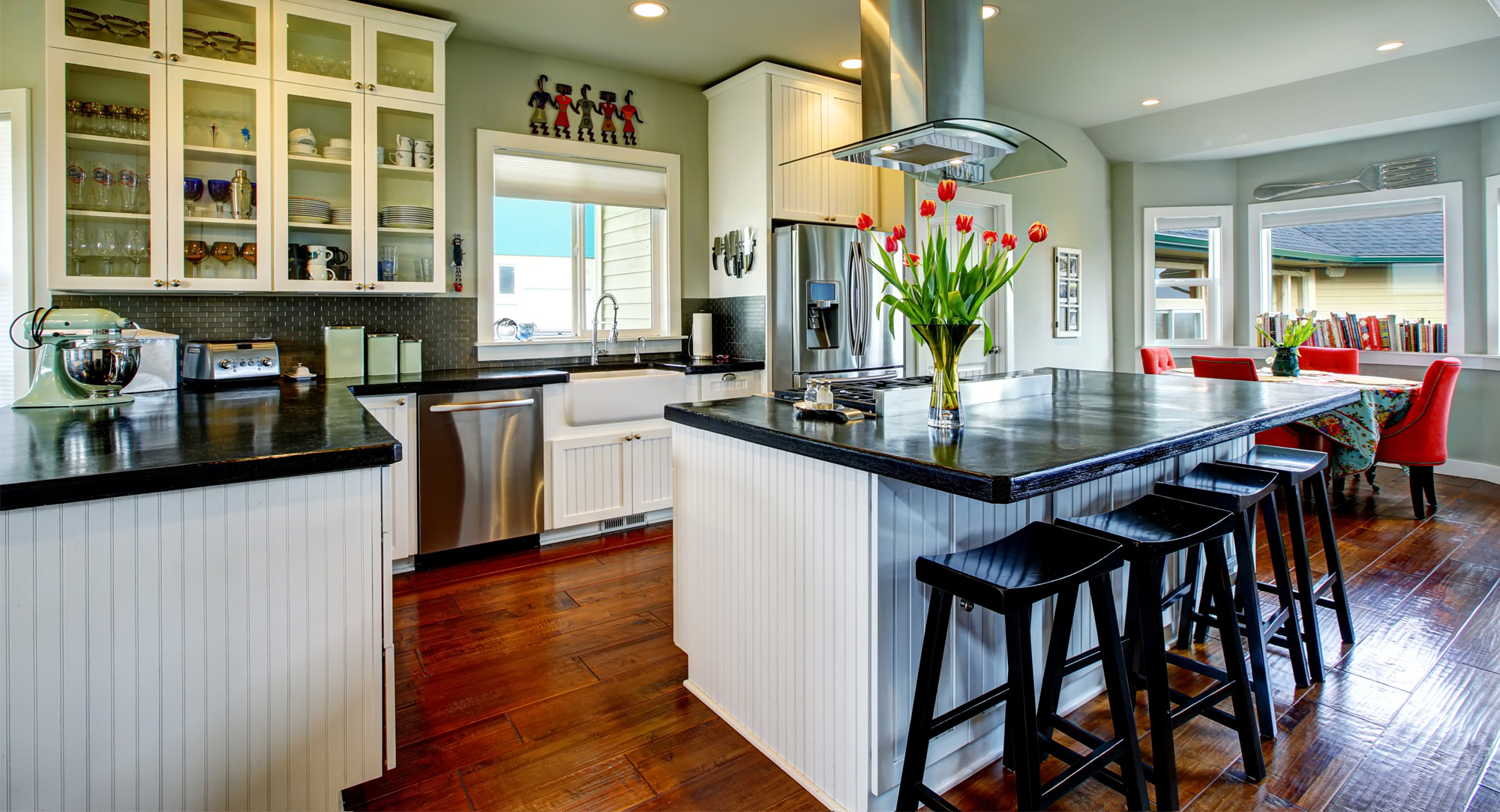
Investing in Accessory Dwelling Units (ADUs) is becoming increasingly popular for real estate investors, especially in areas with high housing demand. These housing units are small, secondary dwellings that are attached or detached from a primary residence. They offer additional living space, often for renting out or for a family member to occupy. Before investing in an ADU, there are a few things you should know about the basics of building and operating them. Knowing the regulations, zoning laws, and other considerations for these secondary dwellings can ensure that you maximize the return on your investment. This article will cover the basics of accessory dwelling units so that you can confidently make an informed investment.
What is an Accessory Dwelling Unit (ADU)?
An ADU is, as the name suggests, an additional dwelling unit that is either attached or detached from a primary dwelling. They are sometimes also called “granny flats,” “accessory units,” or “second units.” Another common term for these units is “in-law apartments,” which is usually reserved for a separate unit on the same lot as the main house. These smaller dwellings can provide an additional source of income, extra living space, or a place to accommodate extended family. Whether they are rented out or used as a private residence, ADUs can significantly increase the value of a property.
ADUs are different than a “second home” or “vacation home” that is owned and operated separately from a primary residence. A second home is usually located on another plot of land, and may be subject to completely different regulations and zoning laws than an ADU. ADUs are often a great way to increase the number of residential units on a single plot of land without having to purchase additional property. An ADU can help boost the net rental income from a single property, which can be especially helpful in expensive real estate markets where the primary residence is highly desirable.
Benefits of Investing in an ADU
Beyond the initial construction cost, there are a number of benefits to investing in an ADU. First, there will likely be increased demand for the primary dwelling, since it can offer a larger living space. This can lead to increased property value, especially if the ADU is rented out or occupied by a family member who would like to stay in the neighborhood for a long time. Second, you will have another source of rental income that can provide a passive income stream. Third, an ADU can create more livable space without the need to purchase additional property. Finally, an ADU can help you use your land in a more efficient way, which could be especially helpful in areas with strict zoning laws. For example, an ADU could provide more living space without increasing the number of residential units allowed on your plot of land.
Regulations and Zoning Laws for ADUs
Before you get too excited about investing in an ADU, it’s important to understand zoning laws and regulations in your area. The first step to determine if an ADU would be allowed on your property is to conduct a zoning analysis. You can hire an engineer or zoning expert to assess the current zoning of your property. Alternatively, you can use online tools like ADURealty’s zoning tool that can help you perform a zoning analysis in your area. It’s important to note that zoning laws vary significantly from one location to another. For example, some suburban areas may permit an ADU, while an urban area may not. Additionally, some zoning laws may be subject to periodic changes, so make sure to check the latest regulations before moving forward. Beyond zoning regulations, there may be additional regulations for building an ADU in your area. For example, in California, there are specific building codes for constructing an ADU. Make sure to check the latest regulations in your area since they may change over time. Beyond zoning laws, there are also considerations for building an ADU. Make sure to factor in the cost of constructing a separate unit and the proximity to the main house. ADUs are usually attached to the main residence but can also be separated by short walls or rails if the lot is large enough to accommodate the additional space. This can be a good way to reduce the cost of constructing an ADU since it is significantly less expensive than building a stand-alone unit.
Building an ADU
There are a few considerations when determining the ideal location for an ADU. First, make sure that the location is permitted on your property. Second, determine if zoning laws require the ADU to be set back a certain distance from the street. Third, make sure the location is conveniently accessible by road, water, and electricity. Fourth, choose a location that is safe and has quick access to fire and emergency services. A good rule of thumb is to select a location that is at least 10 feet away from the primary residence. A separate driveway entrance can also help to mark the separation between the two units.
There are a few different ways to construct an ADU depending on the type of property and layout. If the primary residence is located on a single lot, an ADU can be constructed adjacent to the main house. If the main residence is located on a corner lot, an ADU can be attached to one side of the main house. If a single lot only has a small amount of space, an ADU can be constructed behind the main house. Finally, if a lot is large enough, an ADU can be constructed on a separate plot of land. ADUs attached to the main house are more common, and they can either be attached as a separate unit or built into the main house. If you intend to rent out the ADU, a separate unit is a better option since it provides more privacy for residents. If you intend to occupy the ADU yourself, building it into the main house can be a more convenient option.
Operating an ADU
Once you’ve constructed the ADU and rented it out, there are a few things to keep in mind to ensure the rental is a success. Make sure that the rental is legal and meets the regulations for the area. Also, check that the rental is permitted under the terms of the homeowner’s association (HOA). Next, make sure that the rental is safe and meets building codes. Finally, make sure that the rental is adequately insured, since it could be listed as a separate structure from the main house. Beyond the basics of constructing and operating an ADU, there are also a few considerations for long-term profitability. Make sure to select a unit that is easily expandable and has the potential to increase in value over time. Also, make sure that the ADU is in a desirable location with high demand for rental units. Finally, make sure that obtaining financing is possible to minimize the initial investment required to construct the ADU.
Financing an ADU
Since an ADU is an investment in real estate and a rental property, it’s important to consider financing options. There are two primary financing options for constructing an ADU: a construction loan or a construction loan combined with a mortgage loan. A construction loan is a loan that is only valid during the construction period and must be paid back once the building project is complete. A construction loan combined with a mortgage loan is a loan that can be used to finance the construction and purchase of the real estate property. It is a common practice for investors to secure a construction loan and then refinance once the building project is complete. Traditional mortgage lenders are increasingly offering construction loans for real estate investors. Additionally, the government-backed FHA loan program is offering additional financing options for real estate investors. Be sure to check with your lender to see what financing options are available to you.
Other Considerations for Investing in an ADU
Beyond zoning laws, building codes, and financing options, there are a few other considerations for investing in an ADU. First, make sure that you have a plan for the property if the ADU is not permitted in the future. Second, make sure that you have a plan for the property if the ADU is permitted in the future. Finally, make sure that the property is well maintained and managed. This can help to ensure that the property is safe and meets building codes. It can also make the property more attractive to potential renters by signaling that repairs are dealt with promptly. These considerations are particularly important if you are renting the ADU to family members. You want to make sure that the family members are respectful of the property, keeping it in good condition, and that they meet their rental obligations.
To learn more about the property management services we can offer you, contact us today by clicking here.








